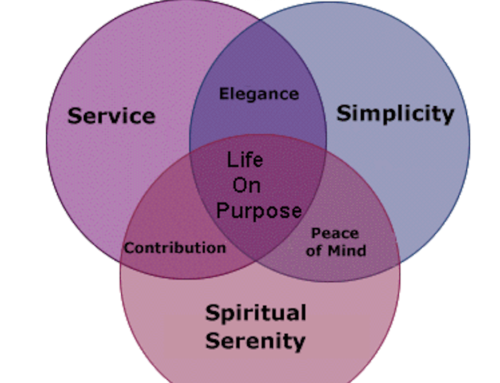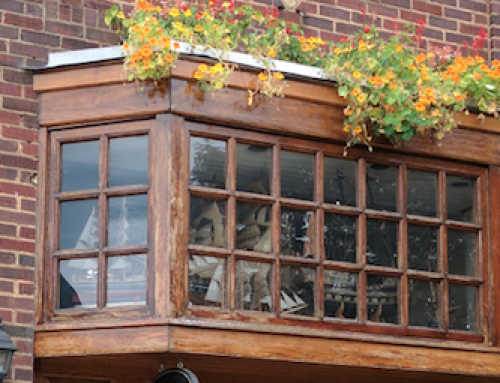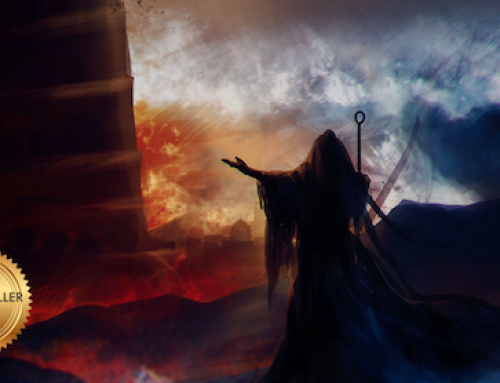Last week I proclaimed October to be NaNoWriMo (National Novel Writing Month) Prep Month. And for many writers the first step to preparing for NaNoWriMo is to decide which of their many story ideas they want to concentrate on for an entire month.
But that’s just the start to preparing to write at least 50,000 words in just 30 days.
 The second step and one of my favorites is to brainstorm the story. My brainstorming method of choice is mind mapping. I use a large whiteboard that I keep in my office. In the center of the board, I write the name of the novel even if it’s just a working title. I then let the ideas flow, oftentimes focusing on the characters and their relationships with each other for that’s where a lot of the conflict occurs in my stories.
The second step and one of my favorites is to brainstorm the story. My brainstorming method of choice is mind mapping. I use a large whiteboard that I keep in my office. In the center of the board, I write the name of the novel even if it’s just a working title. I then let the ideas flow, oftentimes focusing on the characters and their relationships with each other for that’s where a lot of the conflict occurs in my stories.
I then leave the whiteboard up and add to it over the next several days without monitoring whether or not I’ll use the tidbits once I start writing.
Tapping into the Muse
Another important part of this brainstorming period is to tap into my creative juices as often as possible. One way I do this is to use the early morning time when I’m first waking up. I have found that during this ‘in between time’ I can often come up with some interesting plot twists or other ideas especially if I set that intention the night before.
But how do I turn all this raw material into an actual story that will hang today while entertaining and engaging the reader?
Scrivener to the Rescue
I’ve been using Scrivener for the past two or three years. I believe it’s the best piece of writing software on the market at any price. At under $50, it’s a no brainer especially if you plan to write more than the occasional short story or article. Sure, there’s a learning curve, but it’s well worth the effort because Scrivener does several things very well including:
- Makes it easy to write stories scene by scene and then break those scenes into chapters later,
- Allows you to keep all your material together in one file including character profiles, settings info, and research,
- Easily able to take the final material and format it in whatever form you want including manuscript, PDF, epub and mobi.
But there’s one question I need to answer before I’m ready to start turning the raw material on my whiteboard into scene files in Scrivener.
And we’ll explore what that question is in the next post so stay tuned. What do you think it is? Post your guess below. The first one to get it right will receive the book by me of your choice in the format of your choice (mobi, epub or PDF). Ready? Set…guess.





Leave A Comment